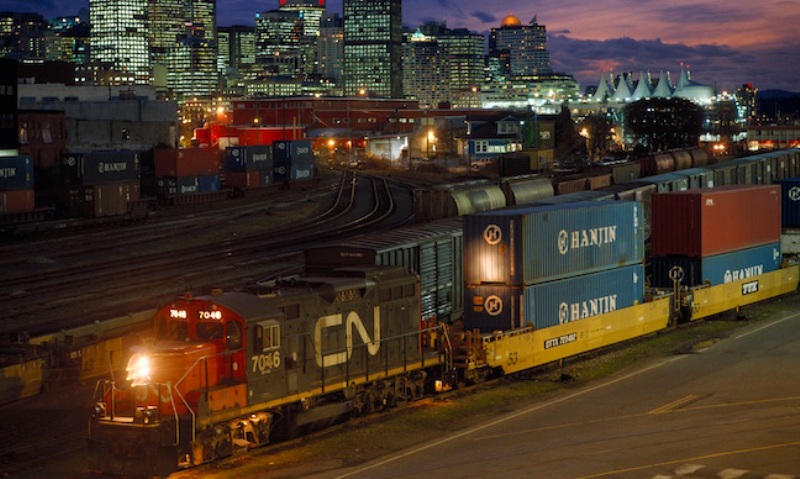The Vancouver Fraser Port Authority has completed the final phase of its centralised scheduling system implementation, bringing the Fraser River, Roberts Bank, and the English Bay anchorage area into the system and achieving full port-wide coverage.
This milestone marks a significant step forward for the port authority-led Active Vessel Traffic Management Program and comes at a pivotal time for Canada’s supply chains as the country seeks to diversify markets and strengthen resilience amid shifting global trade dynamics.
With full coverage now in place, the system will support efficient, safe ship movements for more than 3,000 annual port calls across 29 marine terminals, including approximately 800 deep-sea vessel calls in the Fraser River and at Roberts Bank, areas where over $200 billion worth of trade flows each year.
Sean Baxter, Harbour Master and Director of Marine Operations at the Vancouver Fraser Port Authority, said: “Today’s milestone shows what we can achieve when we bring technology and collaboration together to meet the moment for Canada’s supply chain.
“Across the gateway, partners and operators have worked closely with the port authority to develop, test, and adopt this system so we can streamline vessel movements, strengthen safety, and ensure the Port of Vancouver continues to support Canada’s trade diversification and economic resilience.”
Since its initial implementation in Burrard Inlet in late 2023, the system has significantly improved cargo flow through the port.
In 2024 alone, it facilitated a 56 per cent year-on-year (YoY) increase in deep-sea vessel traffic transiting through Second Narrows, one of the port’s busiest trade corridors.
By improving visibility over ship movements, it has also enabled CN to increase the average weekly train count serving North Shore terminals across the Second Narrows Rail Bridge by 10 per cent, helping reduce freight delays and improve overall throughput.
Brad Butterwick, Vice President, Transportation – Western Region, CN, stated: “The centralised scheduling system provides CN with critical visibility over vessels transiting, or scheduled to transit, under the Second Narrows Rail Bridge. This enables us to anticipate when the bridge will need to be lifted for marine vessels and adjust train or vessel movements accordingly.
“The system, combined with our ongoing collaboration with the port authority, helps reduce the likelihood of congestion, minimises wait times, and supports a more predictable and efficient flow of freight in and out of the Port of Vancouver.”
The Fraser River Pilots Committee, whose members navigate deep-sea vessels through the river’s narrow, dynamic channel, say the system’s recent implementation in this final rollout phase adds an important layer of visibility in one of the port’s most complex operating areas.
Captain Gord Cooper, Chair, Fraser River Pilots Committee, said: “The Fraser River presents unique navigational challenges, from confined waters to changing river flow conditions. The centralised scheduling system adds an important layer of visibility that supports safer and more predictable deep-sea vessel transits.”
With the centralised scheduling system now fully deployed, supply chain partners, operators, and more than 450 registered users have the tools needed to plan, coordinate, and move cargo and people more effectively across Canada’s largest and most diversified port.
Earlier this year, the Vancouver Fraser Port Authority commissioned the installation of new navigation aids in eastern Burrard Inlet that will enable safer and more efficient ship movements through the busy Second Narrows waterway.

